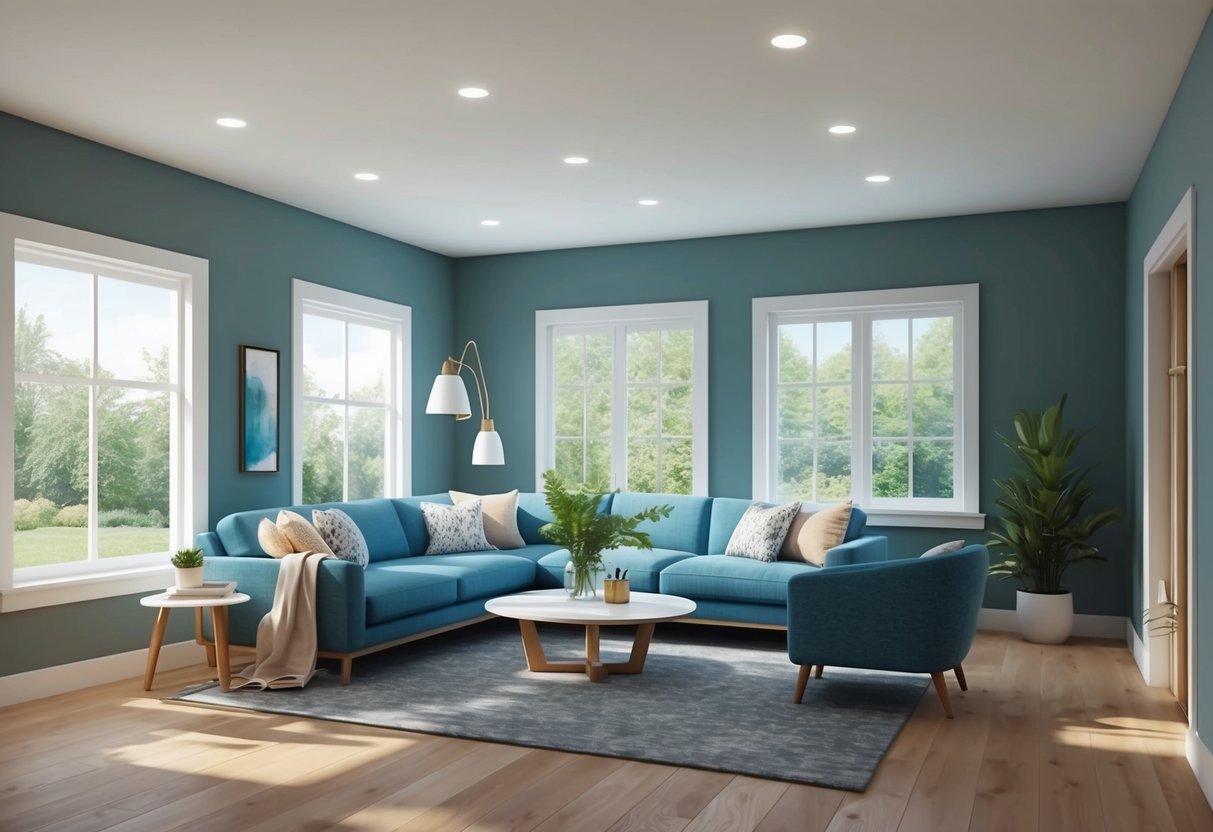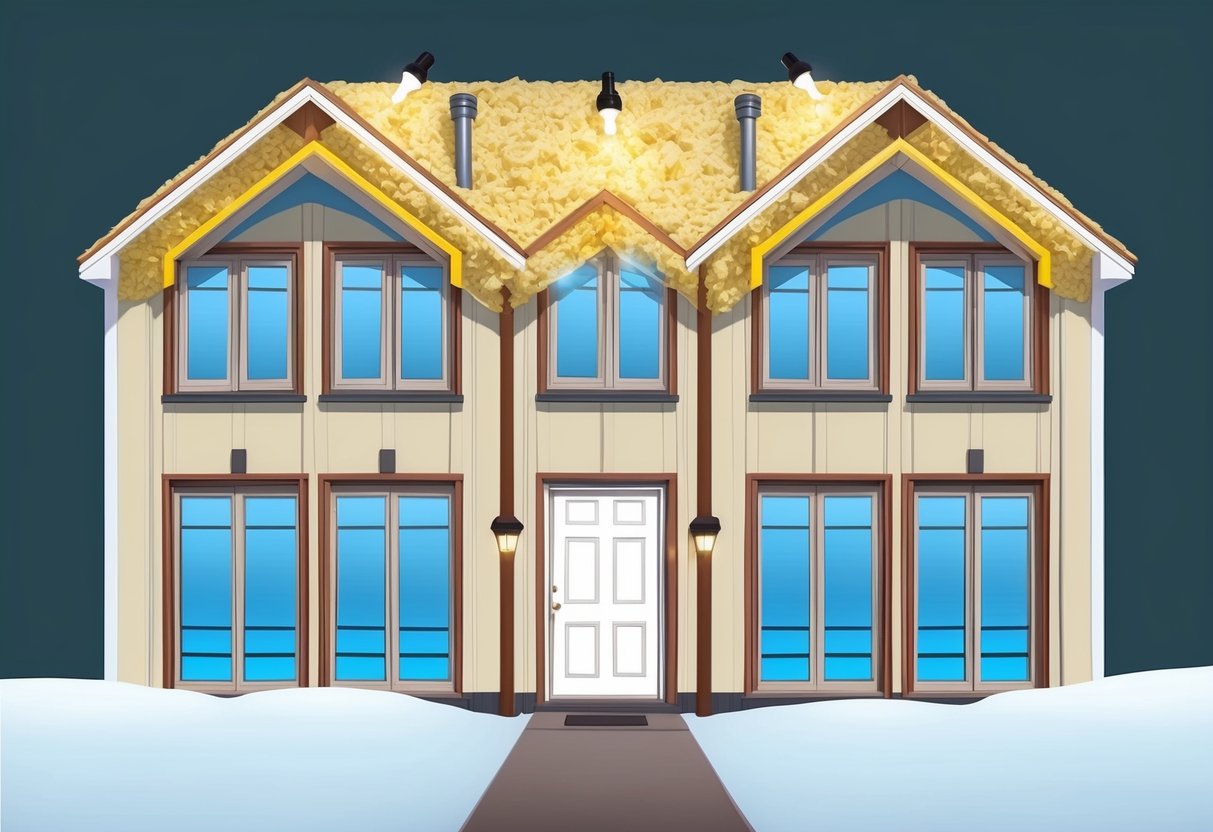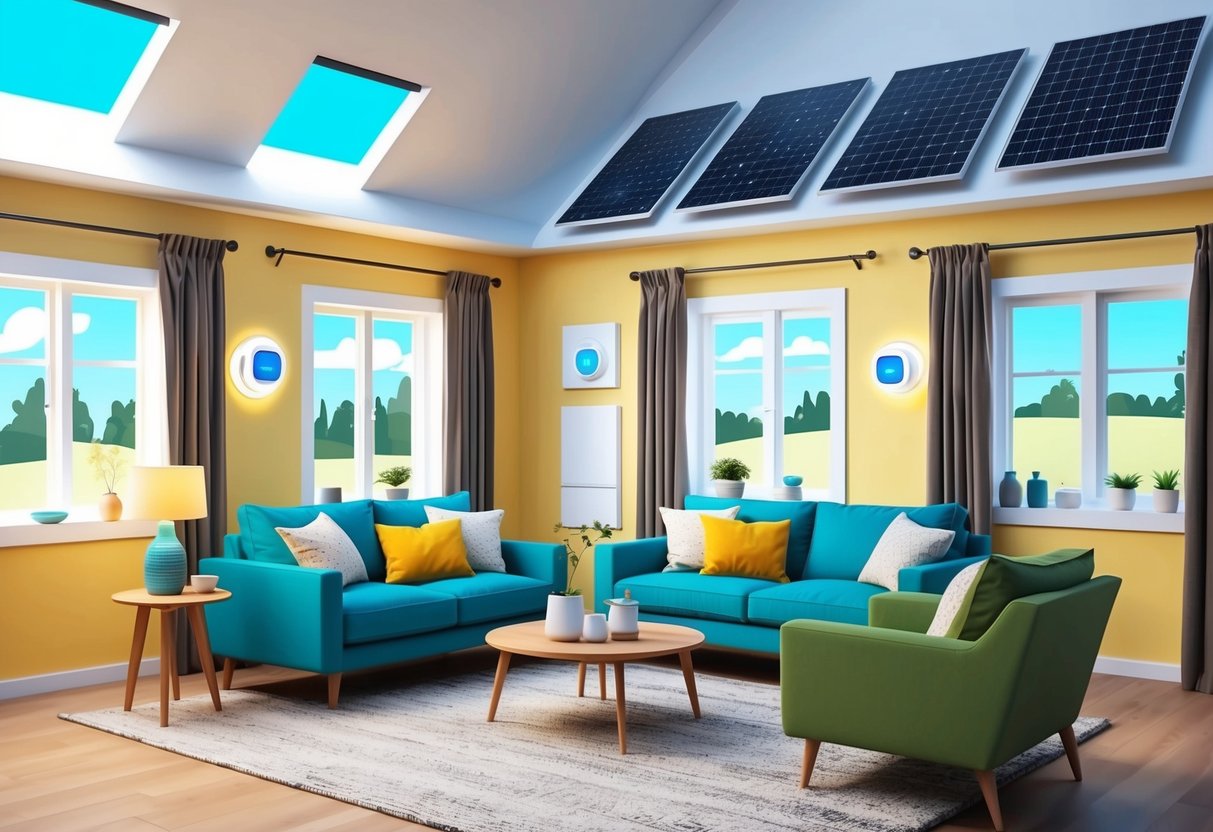
Cost-Effective Weatherization Projects

Simple weatherization improvements can deliver substantial energy savings and make a home more comfortable year-round. Strategic upgrades like sealing gaps or installing insulation provide strong returns for minimal investment and often reduce heating and cooling bills quickly.
Affordable DIY Weatherization Tips
Cost-effective ways to weatherize a home often start with air sealing and insulation. Applying weatherstripping around doors and windows helps block drafts and improves thermal comfort.
Homeowners can also seal air leaks using caulk or foam sealant, especially in areas like outlets, attic hatches, and around plumbing or electrical penetrations. Upgrading insulation in attics and crawl spaces is another step that minimizes heat loss in winter and keeps heat out during summer.
Regularly replacing or cleaning HVAC air filters boosts system efficiency and air quality. Closing gaps around ducts with specialized tape ensures conditioned air stays where it’s needed most.
These improvements require minimal tools and materials and cost much less than major renovations. They often pay for themselves within a year through reduced utility bills.
For a step-by-step guide to simple, affordable energy upgrades, see this overview of simple weatherization ideas.
Professional Weatherization Services
Certified professionals offer weatherization services that go beyond basic DIY efforts. Services may include comprehensive energy audits, advanced insulation installation, and blower door tests to detect hidden leaks.
Trained crews use specialized equipment to pinpoint problem areas and ensure air leaks are thoroughly sealed. Some utility companies and government agencies run programs that subsidize or fully fund weatherization for eligible households, helping lower the upfront cost.
These services often focus not only on weatherstripping and air sealing, but also on installing efficient windows, doors, and sometimes solar photovoltaic systems for added energy savings. To learn about government-approved weatherization services and local initiatives, residents can check with local agencies or utility providers.
Professional weatherization delivers peace of mind through expert installation and quality assurance. It is an excellent option for those wanting long-term results.
Improving Comfort With Smart Home Upgrades

Smart home upgrades enhance both comfort and efficiency while reducing monthly utility costs. By leveraging the latest technology, homeowners can customize their indoor environment and optimize energy savings throughout the year.
Smart Sensors and Automation for Energy Savings
Smart sensors automate lighting, temperature, and appliance control based on real-time occupancy and environmental data. For example, motion sensors automatically turn off lights or HVAC systems in empty rooms, which reduces unnecessary energy consumption.
Integration with door and window sensors also prevents heating or cooling losses by adjusting settings if a window is left open. Programmable thermostats allow users to set precise schedules, tailoring the indoor climate to daily routines.
Many models offer smartphone connectivity for remote adjustments, which is especially useful when unexpected schedule changes occur. Automating energy-intensive appliances to run during off-peak hours can also lower utility bills.
Key benefits include consistent comfort, lower energy waste, and the ability to track real-time usage through smart home apps. Incorporating smart devices as part of an overall energy-efficient home upgrade plan is an effective way to enhance daily living while cutting costs.
Zoning Systems for Personalized Comfort
A zoning system divides the house into separate areas, each managed with its own thermostat or smart sensor controls. This lets homeowners set custom temperatures for specific rooms or floors, ideal for households with varied comfort preferences.
For instance, the living room can stay warmer for guests while bedrooms are kept cooler for better sleep. Zoning is especially effective in larger homes, multi-level floor plans, or spaces with inconsistent sun exposure.
Combined with programmable thermostats, these systems support advanced scheduling and automation. Users can adjust zones based on occupancy, saving energy by not heating or cooling unused spaces.
Installation of dampers in ductwork and dedicated controllers provides precise management for each zone. Zoning technology maximizes energy efficiency throughout the home.
Utility bills decrease as a result of reduced energy waste, and comfort levels are tailored to every area of the home.